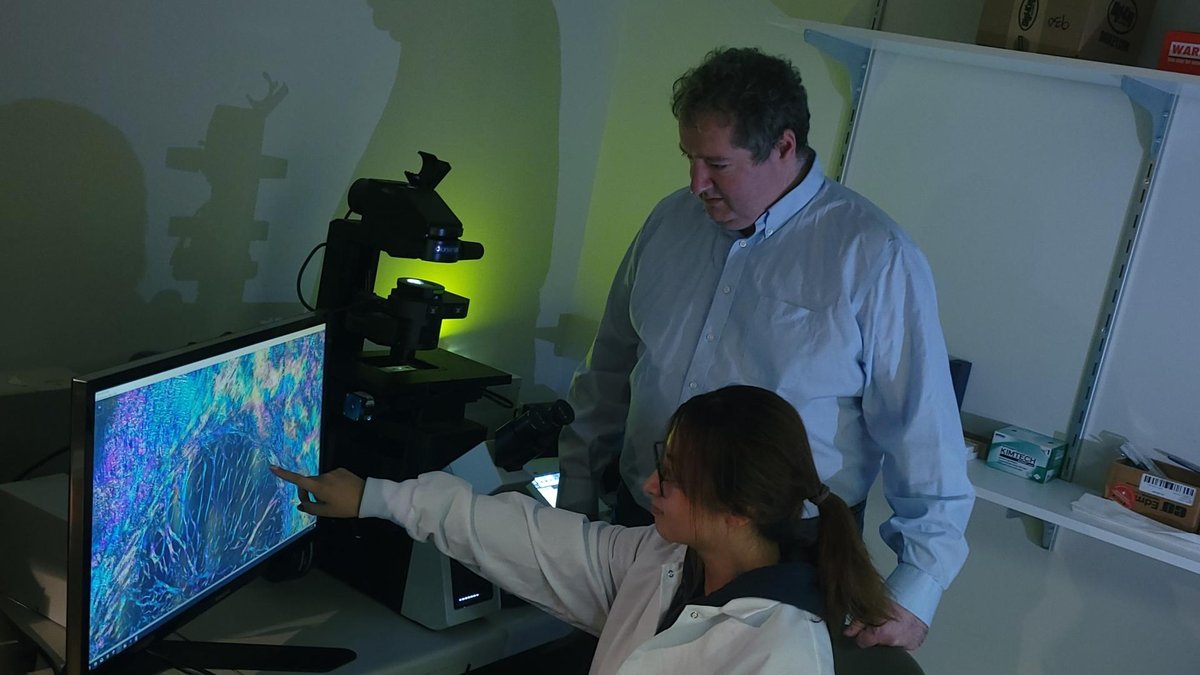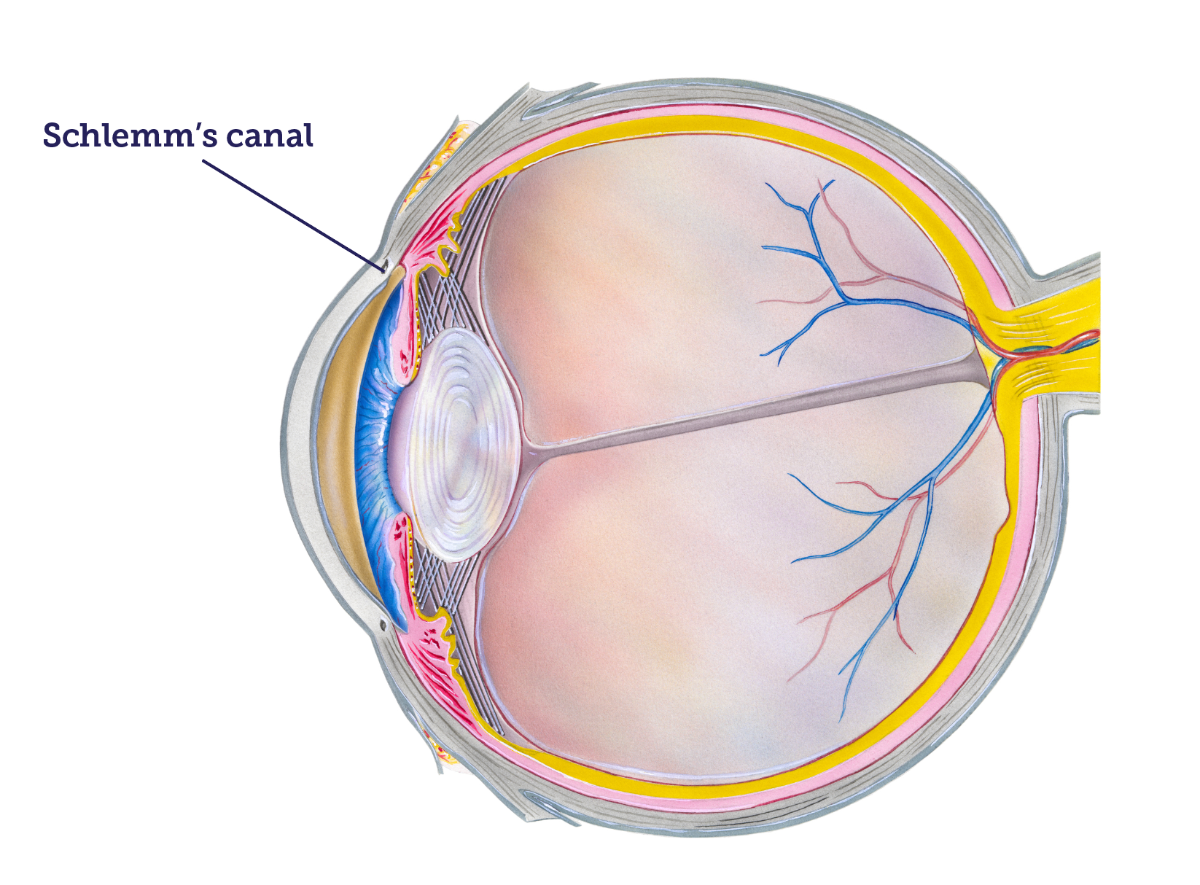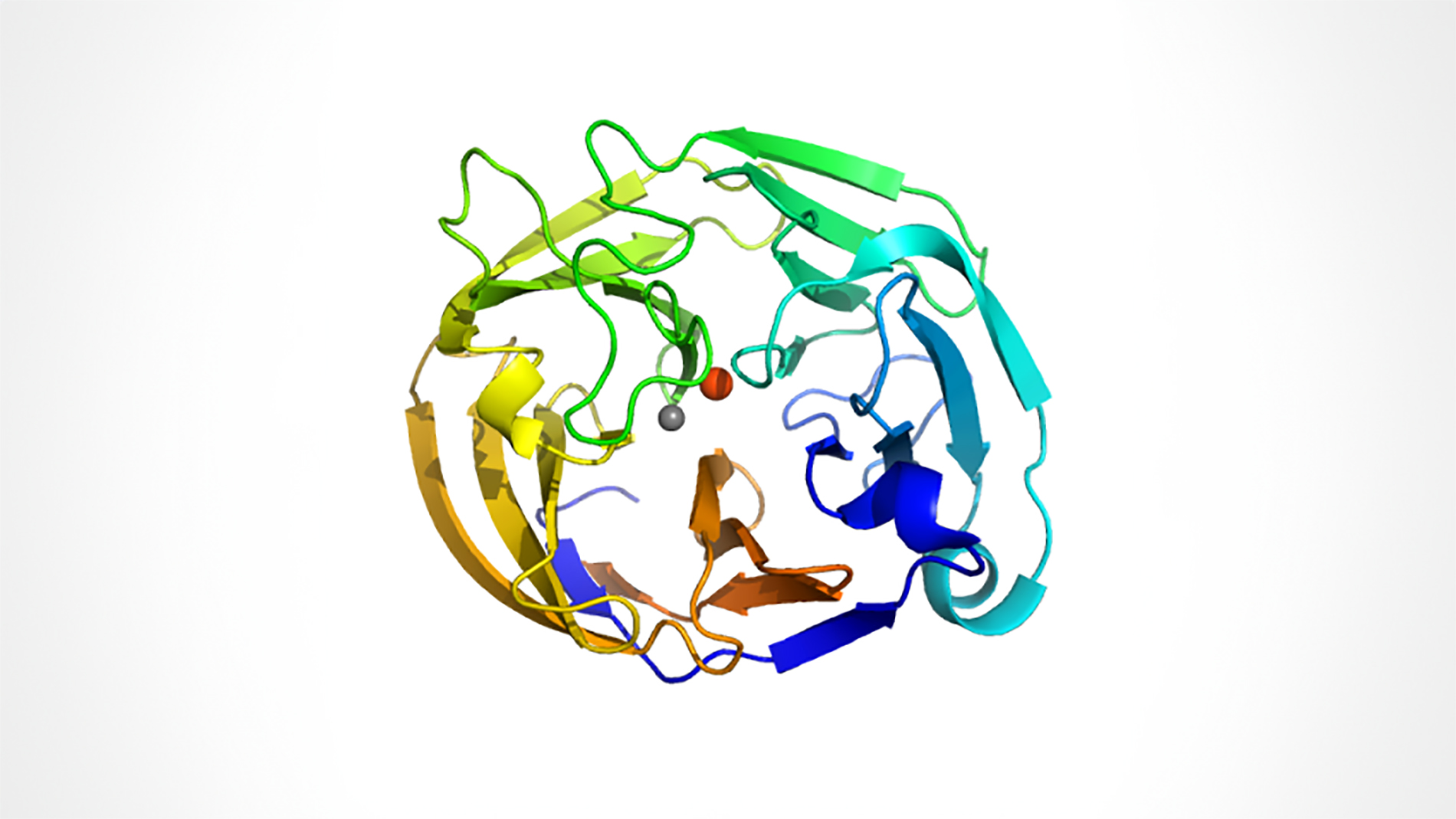
Blindness in glaucoma is caused by damage to axons that carry visual information to the brain. Damage often starts in the back of the eye and is due to high eye pressure, which mechanically deforms axons. However, the link between axon deformation and long-term damage is unclear.
BrightFocus Foundation National Glaucoma Research grant recipient Bingrui Wang, PhD, and her mentor Ian Sigal, PhD, will investigate axon deformation and its link to damage to understand glaucoma’s causes. Researchers aim to enable early-stage glaucoma prediction and develop tools to prevent vision loss. Learn more about Dr. Wang and her research below.
What inspired you to investigate pressure-induced axon damage and glaucoma-related vision loss?
My interest in investigating pressure-induced axon damage and glaucoma-related vision loss stems from a combination of scientific curiosity and a desire to make a meaningful impact on public health. As glaucoma is a leading cause of irreversible blindness, understanding the underlying mechanisms is crucial for developing better treatments. The eye is an incredibly important part of human health, and many glaucoma patients experience elevated intraocular pressure leading to optic disc deformation.
My background in engineering allows me to apply my expertise to biologically relevant research, which I find both fascinating and rewarding. This interdisciplinary approach not only fuels my passion but also holds the potential to uncover new insights that could lead to improved therapies for glaucoma.
Why is this work important to you?
Understanding how intraocular pressure causes neural tissue damage has been a significant research challenge for many years. By studying the deformation of axons under the influence of elevated intraocular pressure, we hope to shed light on this critical issue.

On a personal level, the opportunity to contribute to research that could improve the quality of life for so many individuals is incredibly rewarding. This work allows me to apply my skills and knowledge in a way that has a meaningful impact on public health, which is a driving force behind my dedication to this field.
How does this project advance our ability to understand, detect, or treat glaucoma?
By correlating intraocular pressure-induced axonal deformations with chronic neural tissue loss, we gain a deeper understanding of how elevated intraocular pressure contributes to the progression of glaucoma. This insight is crucial for developing diagnostic tools that could measure axonal deformation, enabling the potential for early detection of glaucoma. Such advancements could significantly improve early intervention strategies, leading to better outcomes for people at risk of vision loss due to glaucoma.
What do you hope this research project will lead to? What do you imagine the next step being?
For now, we are focusing on studying the effects of intraocular pressure-induced axonal deformation in an animal model. I hope that, as our research progresses, we can expand our methods to human eyes, allowing us to translate our findings more directly to clinical applications.
By studying disease-related damage to these vulnerable structures, we aim to uncover the mechanisms leading to glaucoma, a major cause of blindness worldwide. Our research will not only deepen our understanding of the disease but also help develop new treatments and preventive measures for glaucoma. Future therapies could potentially halt or even reverse glaucoma progression, preserving vision for millions.
What impact will the funding from National Glaucoma Research have on your research?
The funding affirms the importance and feasibility of our work. In addition, it provides us with the essential resources needed to advance our research to the next stage.
I am deeply grateful to BrightFocus National Glaucoma Research donors for their invaluable support. Their generosity fuels scientific discovery and empowers independent research, driving advancements that could transform the lives of those affected by glaucoma. Knowing that such dedicated supporters back our work inspires me to push the boundaries of our research further. Together, we aim to manage and potentially cure glaucoma, improving the quality of life for countless individuals.
Through the generosity of our donors, National Glaucoma Research, a BrightFocus Foundation program, is funding 38 active research grants around the world investigating the causes and potential prevention strategies, treatments, and a cure for glaucoma. Explore the research.
About BrightFocus Foundation
BrightFocus Foundation is a premier global nonprofit funder of research to defeat Alzheimer’s, macular degeneration, and glaucoma. Through its flagship research programs — Alzheimer’s Disease Research, Macular Degeneration Research, and National Glaucoma Research— the Foundation has awarded nearly $300 million in groundbreaking research funding over the past 51 years and shares the latest research findings, expert information, and resources to empower the millions impacted by these devastating diseases. Learn more at brightfocus.org.
Disclaimer: The information provided here is a public service of BrightFocus Foundation and is not intended to constitute medical advice. Please consult your physician for personalized medical, dietary, and/or exercise advice. Any medications or supplements should only be taken under medical supervision. BrightFocus Foundation does not endorse any medical products or therapies.
- Eye Pressure









